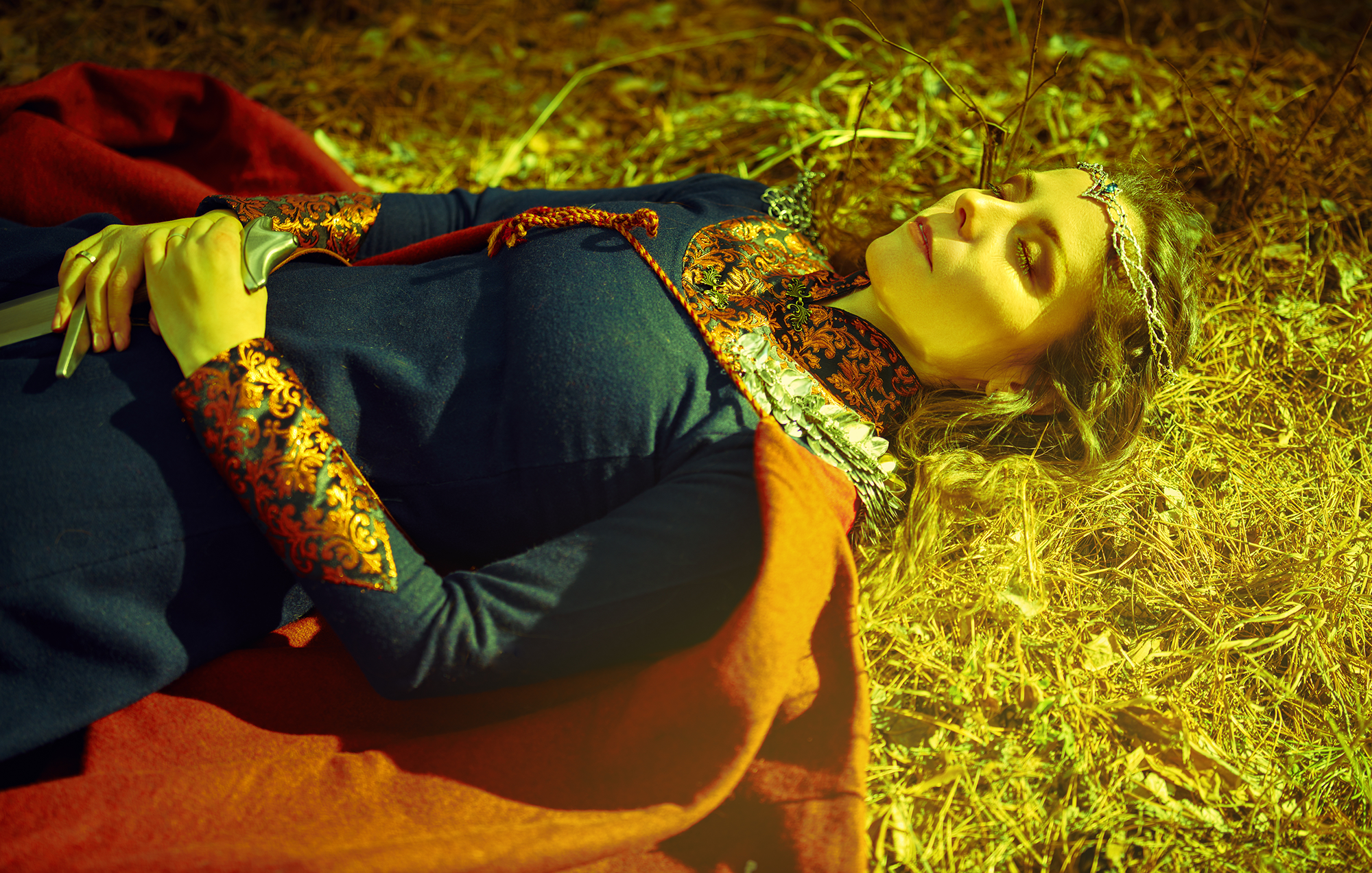DISCUSSING
In the Shadow of the Spire – Session 37E: On the Iron Mage’s Business
Tee and Ranthir both rose early the next morning and went shopping for potions. (Without Dominic’s divine aid, they needed more healing resources.) By the time they returned to the Ghostly Minstrel, the others were awake and they breakfasted together.
The Freeport’s Sword was due to arrive that day, but – as Tee had learned – it was unlikely to arrive until the afternoon. They decided to spend the morning attending to minor chores and the like.
Elestra decided to spend the morning gathering information from around town. But as soon as she walked out the door and bought a newssheet, she turned right around and went back inside.
“Shilukar has escaped.”
There’s a question I’ve been asked a few times about the newssheets that appear throughout the In the Shadow of the Spire campaign journal: Are these props that you’ve prepped? Are the players actually reading through these articles at the table?
Short answer: No.
I’m not averse to ginning up full newspaper articles as props for the players. I created quite a few of them as part of my Eternal Lies remix, for example, even going so far as to purchase actual newsprint paper that could they could be printed on.
Bonus Tip: You can easily find period-appropriate newspaper ads online. To go the extra mile, print the ads on the back of the sheet. Now, when you cut out the article, it will look like an actual clipping.
Bonus Bonus Tip: Take half of your newsprint and store it on a shelf in direct sunlight. Take the other half and make sure it’s hidden away in a dark closet. Newsprint yellows surprisingly quickly, and you’ll shortly have a supply of paper for both aged clippings from the morgue and new ones from today’s paper.
In fact, I’d originally planned to do something similar for this campaign, likely involving full daily broadsheets that I could hand out. There are a couple reasons, though, why this never panned out.
First, I wasn’t happy with the results I was getting. I’m not a fan of producing something that looks like a modern newspaper for a D&D-esque fantasy city like Ptolus; it feels anachronistic and cheap. Even historical analogues don’t quite feel “right” to me, and the aesthetics still weren’t great. There was some room for correction here: In my head canon, the newssheets of Ptolus are produced by enchanted quills, not a Gutenbergian printing press. Unfortunately, I just lacked either the artistic skill or vision to produce something that felt “right” to me.
In short, I just wasn’t getting much value-add from this.
Second, it was obviously very time-consuming: Both the trial-and-error of the graphical design and the work that would have gone into writing up all of the articles in detail.
In the Shadow of the Spire is a big campaign: There’s a lot of adventures. There are lots of factions and NPCs in motion at any given time. There are backdrops and subplots and chaos lorebooks. There’s just a lot of stuff, and I am kept more than busy enough juggling all of it!
The principles of smart prep decree that you should only spend your prep time on stuff that you can’t improvise at the game table, and fully written newssheets would definitely qualify. But smart prep also means prioritizing: Your time is not infinite. Your resources are not infinite. There’s a limit to how much you can achieve, and so you want to prioritize prepping, first, the essential, and then whatever’s most important and/or most rewarding.
For this specific campaign, the limited value of the newssheets bumped them down and then off the priority list.
So I launched the campaign without newssheet props, instead satisfying myself with a short section in my campaign status document:
NEWSSHEETS
- Has a story about another high-profile robbery in the Nobles’ District, which is being attributed to Shilukar. The master thief and mage is said to have broken into Dallaster Manor and assaulted the Dallaster’s daughtetr and heiress, Tillian.
- More reports of ratmen openly prowling the streets of the Warrens after dark. The City Watch still refuses to patrol the streets, although they say that they have increased their patrols along Old Sea Road to keep the problem contained
(This section has since grown to become considerably larger.)
Initially, I believed that I would later find the time to start prepping these newssheets, but I never did.
I also discovered in play that either the pace of the campaign or the inclinations of the players led to a pace where the “news of the day” was actually being split up and parceled out in smaller chunks throughout he day: The PCs were checking the newssheets (or their equivalent) not just once a day, but in the morning, around noon, in the afternoon, and in the evening (or some combination thereof).
So even if I’d started out writing up full newssheets, I might have ended up dropping the idea because it lacked flexibility: The props would be cool, but for this campaign they would be a less useful tool. I need to be able to flexibly figure out how to dole out the headlines to the players depending on when and where they’re trying to snag them, how events have evolved as a result of the PCs’ recent actions, and even the form in which the PCs are trying to find the information.
(And, as noted, some of those forms in actual play aren’t even newssheets.)
Campaign Journal: Session 38A – Running the Campaign: Heists That Just Work
In the Shadow of the Spire: Index

















